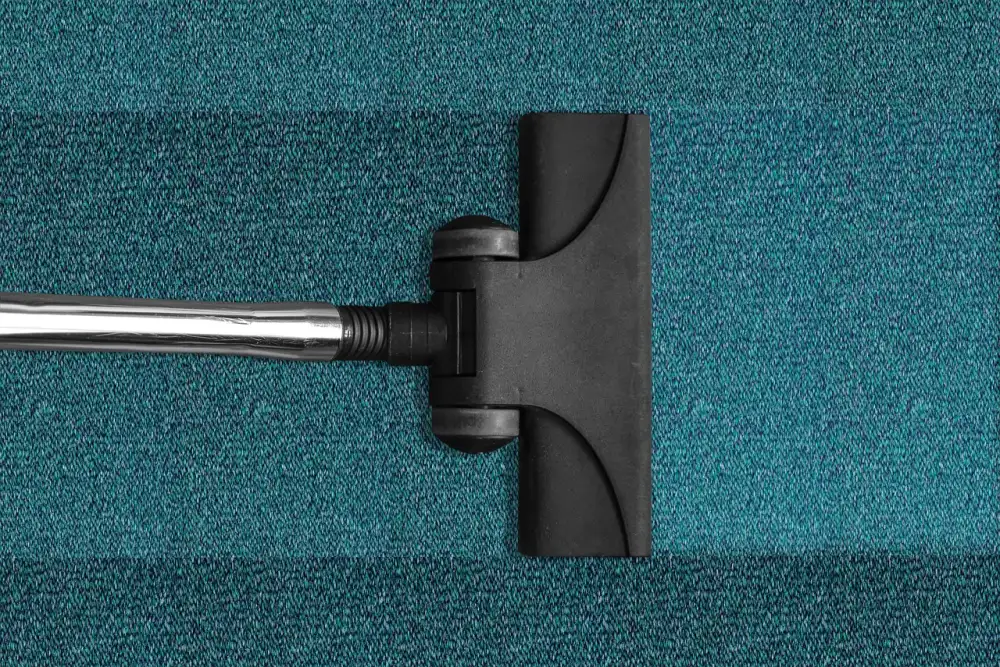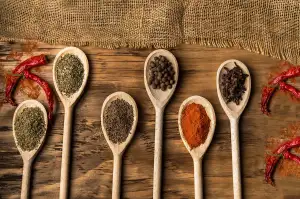Revive Your Rusty Cast Iron: A Step-by-Step Guide to Cleaning and Restoring

Cast iron cookware has been a staple in kitchens for centuries, known for its durability and even heat distribution. However, over time, cast iron can develop rust, making it less effective and unappealing to use. But fear not! With the right techniques and a little elbow grease, you can easily revive your rusty cast iron and bring it back to its former glory. In this step-by-step guide, we will walk you through the process of cleaning and restoring your cast iron cookware, so you can continue enjoying its benefits for years to come. Let's get started!
Gather necessary materials for cleaning
Before you begin the process of cleaning your rusty cast iron, it's important to gather all the necessary materials. You will need a stiff brush or scrub pad, coarse salt or baking soda, white vinegar, paper towels or clean cloth, and vegetable oil or shortening for seasoning. Make sure you have these items on hand before you start so that you can complete the cleaning process smoothly and efficiently.
Preparing the cast iron for cleaning
Before you begin the process of cleaning your rusty cast iron, it is important to properly prepare it. Start by removing any loose rust or debris using a stiff brush or steel wool. Be sure to scrub all surfaces, including the interior and exterior of the pan. Next, rinse the cast iron with warm water to remove any remaining dirt or particles. Finally, dry the cast iron thoroughly using a clean towel or by placing it in a warm oven for a few minutes. By preparing your cast iron properly, you will ensure that the cleaning process is more effective and efficient.
Removing rust from the cast iron
Removing rust from your cast iron is a crucial step in restoring its beauty and functionality. Start by scrubbing the surface with a stiff brush to remove any loose rust particles. Next, create a paste by mixing equal parts baking soda and water. Apply this paste onto the rusty areas and let it sit for about 15 minutes. Then, use a scrub brush or steel wool to gently scrub away the rust. Rinse the cast iron thoroughly with warm water to remove any residue. Repeat this process if necessary until all the rust is gone. Remember to be patient and gentle during this step to avoid damaging the cast iron surface.
Scrubbing and cleaning the cast iron
After removing the rust from the cast iron, it's time to give it a thorough scrubbing. Start by using a stiff brush or sponge to scrub away any remaining rust particles. Make sure to scrub all sides of the cast iron, including the handles and edges.
Next, create a cleaning solution by mixing equal parts of warm water and mild dish soap. Dip the brush or sponge into the solution and continue scrubbing the cast iron. Pay special attention to any stubborn stains or spots.
For tough stains, you can also use a paste made of baking soda and water. Apply the paste to the stained areas and gently scrub with a brush or sponge. This will help lift off any residue and leave your cast iron looking clean and shiny.
Once you have thoroughly scrubbed the cast iron, rinse it well with warm water to remove any soap residue. Avoid using harsh chemicals or abrasive cleaners as they can damage the seasoning on your cast iron.
After rinsing, dry the cast iron completely using a clean towel or paper towels. Make sure there is no moisture left on the surface as this can lead to rust formation.
Remember that cleaning your cast iron regularly is essential for maintaining its quality and preventing rust. By following these steps, you can keep your cast iron in top condition for years to come.
Drying and seasoning the cast iron
Once you have thoroughly cleaned and scrubbed your cast iron, it is important to dry it completely before moving on to the seasoning process. Any moisture left on the surface can lead to rust forming again. To dry your cast iron, use a clean towel or paper towels to remove any excess water. You can also place the cast iron in a warm oven for about 10-15 minutes to ensure that it is completely dry.
After drying, it is time to season your cast iron. Seasoning helps create a protective layer on the surface of the cookware, preventing rust and enhancing its non-stick properties. To season, apply a thin layer of vegetable oil or shortening all over the cast iron, including the handle and exterior. Make sure to coat every nook and cranny.
Next, place the cast iron upside down in an oven preheated to 350°F (175°C). This allows any excess oil to drip off during the seasoning process. Place a baking sheet or aluminum foil underneath to catch any drips.
Let the cast iron bake for about one hour. This will allow the oil to polymerize and form a hard, slick coating on the surface of the cookware. After an hour, turn off the oven and let the cast iron cool inside before removing it.
Once cooled, your cast iron is ready for use! The more you cook with it, the better seasoned it will become. Remember to clean and re-season after each use to maintain its condition and prevent rust from developing again.
By following these steps for drying and seasoning your cast iron properly, you can revive even the rustiest of cookware into a beautiful piece that will last for generations.
Tips for preventing rust on cast iron
Season your cast iron regularly: The process of seasoning creates a protective layer on the surface of the cast iron, preventing moisture from coming into direct contact with the metal and causing rust. To season your cast iron, apply a thin layer of oil all over the surface and bake it in the oven at a high temperature for an hour.
Store your cast iron properly: After cleaning and drying your cast iron, make sure to store it in a dry place. Avoid stacking other cookware on top of it as this can trap moisture and lead to rust formation.
Avoid using harsh detergents: When cleaning your cast iron, steer clear of abrasive cleaners or harsh detergents that can strip away the seasoning and leave the metal vulnerable to rust. Instead, opt for mild dish soap or simply use hot water and a stiff brush.
Dry thoroughly after each use: After washing your cast iron, ensure that it is completely dry before storing it away. Use a clean towel or paper towels to remove any excess moisture, then place it on the stove over low heat for a few minutes to evaporate any remaining water.
Re-season when necessary: Over time, the seasoning on your cast iron may wear off or become damaged. If you notice any signs of rust or if food starts sticking to the surface, it's time to re-season your pan. Follow the same steps mentioned earlier to restore its protective coating.
By following these simple tips, you can keep your cast iron cookware in great condition and prevent rust from forming. Remember that with proper care and maintenance, your rusty old cast iron can be revived and become a beloved kitchen companion once again!
In conclusion, cleaning and restoring rusty cast iron can be a rewarding process that brings new life to your beloved cookware. By following the step-by-step guide outlined in this article, you can revive your cast iron and ensure its longevity in your kitchen. Remember to gather all the necessary materials, prepare the cast iron properly, remove rust effectively, scrub and clean thoroughly, dry and season adequately, and implement preventive measures to avoid future rusting. With proper care and maintenance, your cast iron will continue to serve you for years to come, providing delicious meals and culinary wonders. Happy cooking!
Published: 06. 01. 2024
Category: Home



